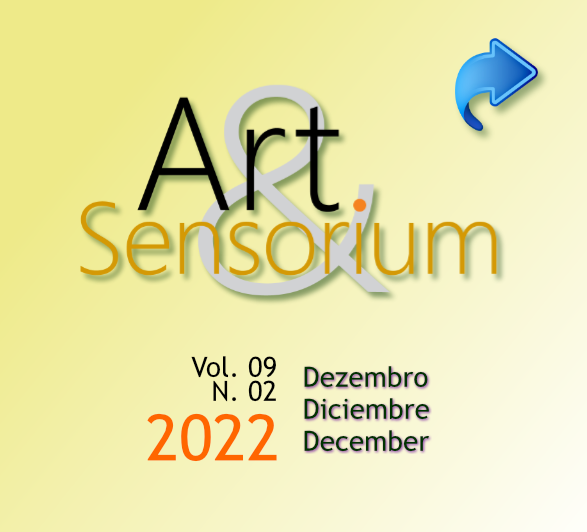Poles Dance
DOI:
https://doi.org/10.33871/23580437.2022.9.2.227-234Abstract
This visual essay is made of pictures taken while observing for a few years the fate of an illigal city development in the ouskirts of a city in inland São Paulo state, one which remained shut down by city's authorities for one decade or so. In 2027 owners managed to comply with laws and the works resumed. The exception was energy distribution and street lighting poles which were deployed in between making a ghostly reminder of streets that stubbornly remained unreal while cattle grazed on beneth them. Most photographs here assembled depict on going works with its admixture of materials, that is, vegetation, concrete, loose soil and wiring going up and down according to the terrain. But what is at stake here is how something ugly and dishonest can be the stuff of images that purport to be beautiful. This hypothesis points out to photography being a transfiguration of nature rather than a mere reproduction.
Downloads
Downloads
Published
Issue
Section
License
Copyright (c) 2022 International Interdisciplinary Journal of Visual Arts - Art&Sensorium

This work is licensed under a Creative Commons Attribution 3.0 Unported License.
Authors who publish with this journal agree to the following terms:- Authors retain copyright and grant the journal right of first publication with the work simultaneously licensed under a Creative Commons Attribution License that allows others to share the work with an acknowledgement of the work's authorship and initial publication in this journal.
- Authors are able to enter into separate, additional contractual arrangements for the non-exclusive distribution of the journal's published version of the work (e.g., post it to an institutional repository or publish it in a book), with an acknowledgement of its initial publication in this journal.
- Authors are permitted and encouraged to post their work online (e.g., in institutional repositories or on their website) prior to and during the submission process, as it can lead to productive exchanges, as well as earlier and greater citation of published work (See The Effect of Open Access).


